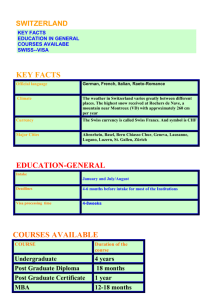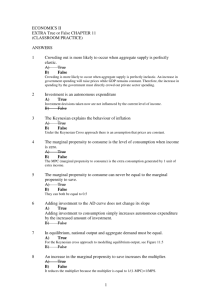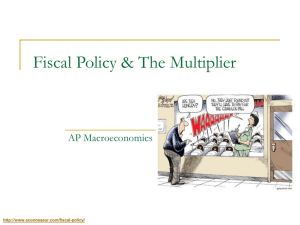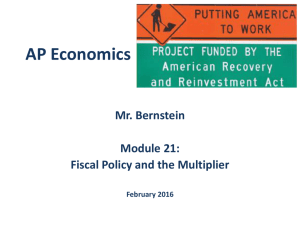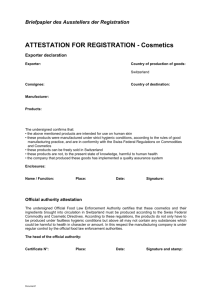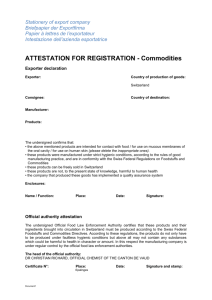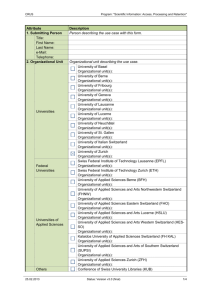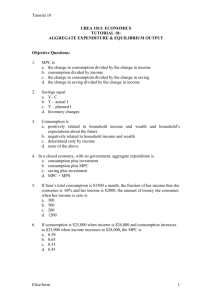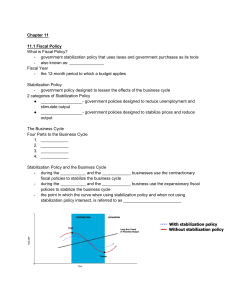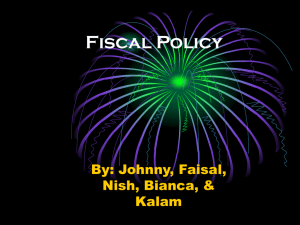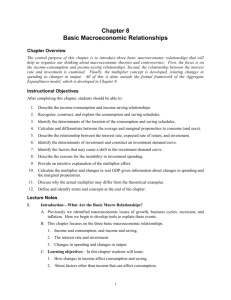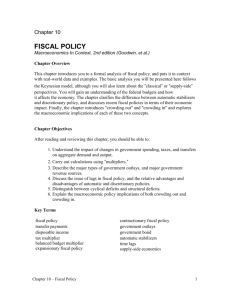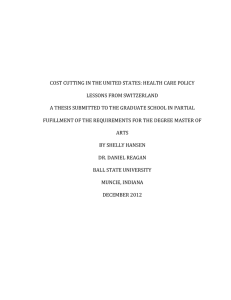IB/AP Economics Welker Unit 2.4 - Fiscal Policy Practice Activity Part
advertisement
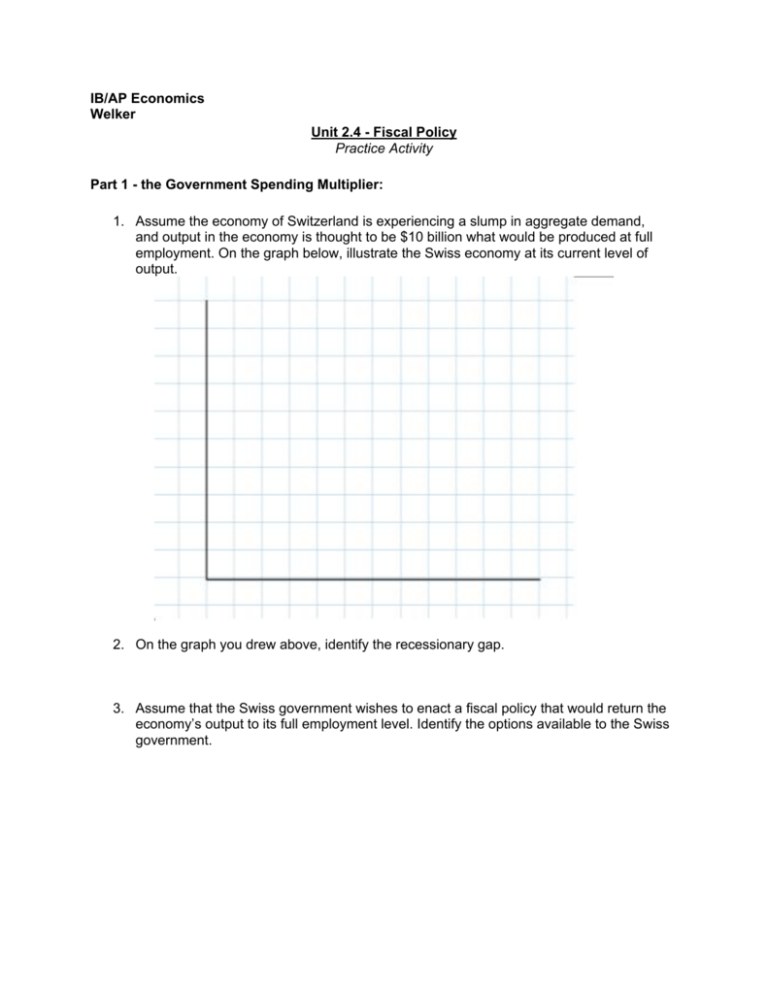
IB/AP Economics Welker Unit 2.4 - Fiscal Policy Practice Activity Part 1 - the Government Spending Multiplier: 1. Assume the economy of Switzerland is experiencing a slump in aggregate demand, and output in the economy is thought to be $10 billion what would be produced at full employment. On the graph below, illustrate the Swiss economy at its current level of output. 2. On the graph you drew above, identify the recessionary gap. 3. Assume that the Swiss government wishes to enact a fiscal policy that would return the economy’s output to its full employment level. Identify the options available to the Swiss government. 4. The Swiss government is considering increasing government expenditures by $2 billion. The government has determined that at present, a $2 billion increase in household income will have the following effects: ○ $1.2 billion would be spent on domestically produced goods and services ○ $800 million would be saved Calculate the following for Switzerland: a. The Marginal Propensity to Consume (MPC) b. The Marginal Propensity to Save (MPS) 5. Using the results from your calculations in #4, determine the size of the government spending multiplier in Switzerland. Explain the relationship between the “marginal propensities” you found above and the government spending multiplier. 6. Calculate the effects of the proposed $2 billion spending package. Will it be large enough to achieve the $10 billion increase in output and national income that the government wishes to achieve? Why or why not? 7. Calculate the minimum increase in government spending that could bring about full employment assuming the marginal propensities remain at the level you calculated in #4? 8. Assume that several economists have determined that the MPC among Swiss households is actually much higher, at 0.8. How large an increase in government spending would be needed to fill the recessionary gap if this estimate were correct? Show your calculations. Part 2 - the Tax Multiplier 9. The conservative members of the Swiss government are concerned about the increase in the size of the government that may result from the proposed expansionary fiscal policy. Instead of increasing government expenditures, they argue, a tax cut is needed. Assuming the marginal propensity figures you calculated in #4 are correct, determine the size of the tax multiplier in Switzerland. 10. Explain the process by which a change in taxes could bring about an increase in national output. 11. How large a tax cut would be needed to bring about the desired increase in national output of $10 billion? Show your calculations. 12. What is larger, the tax cut you identified in #10 or the increase in government spending you determined is necessary in #7? Explain the reasons for the difference in these figures. 13. On the graph below, illustrate the effects of the fiscal policies you identified above on aggregate demand, output, and the price level in Switzerland. 14. Assume Switzerland’s MPC is 0.8. How large a tax cut would be needed now to achieve the desired $10 billion increase in GDP? How does this compare to the needed tax cut you identified in #11? What accounts for this difference? 15. Explain the impact the two fiscal policies identified in this activity would have on Swiss government’s budget. 16. Discuss the strengths and weaknesses of fiscal policy as a tool for reducing a recessionary gap in a nation’s output.
